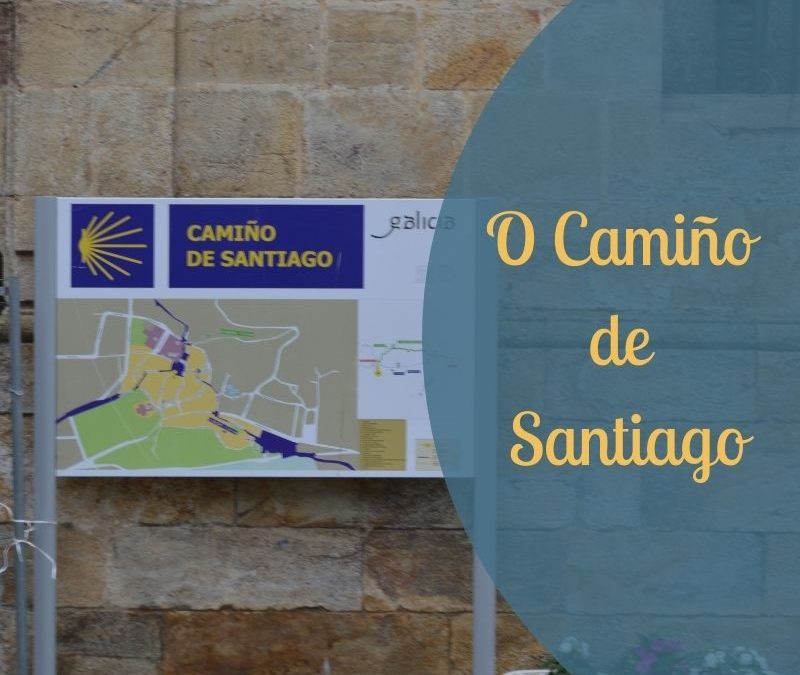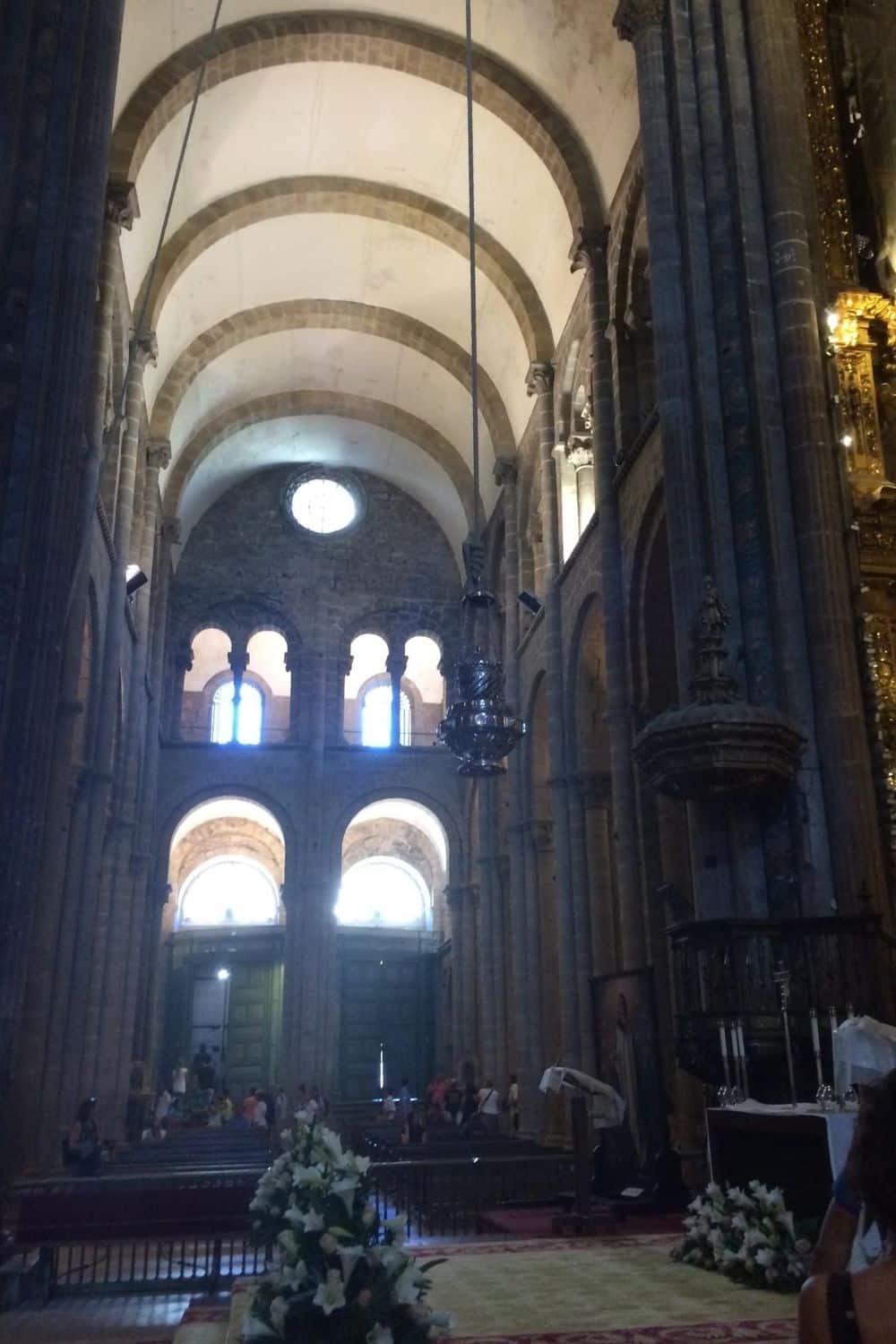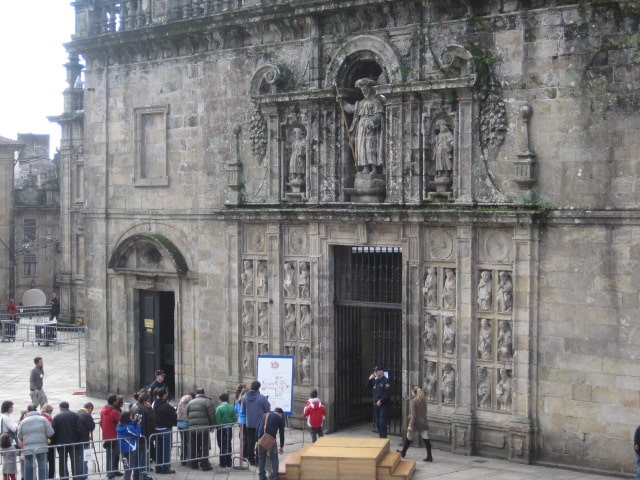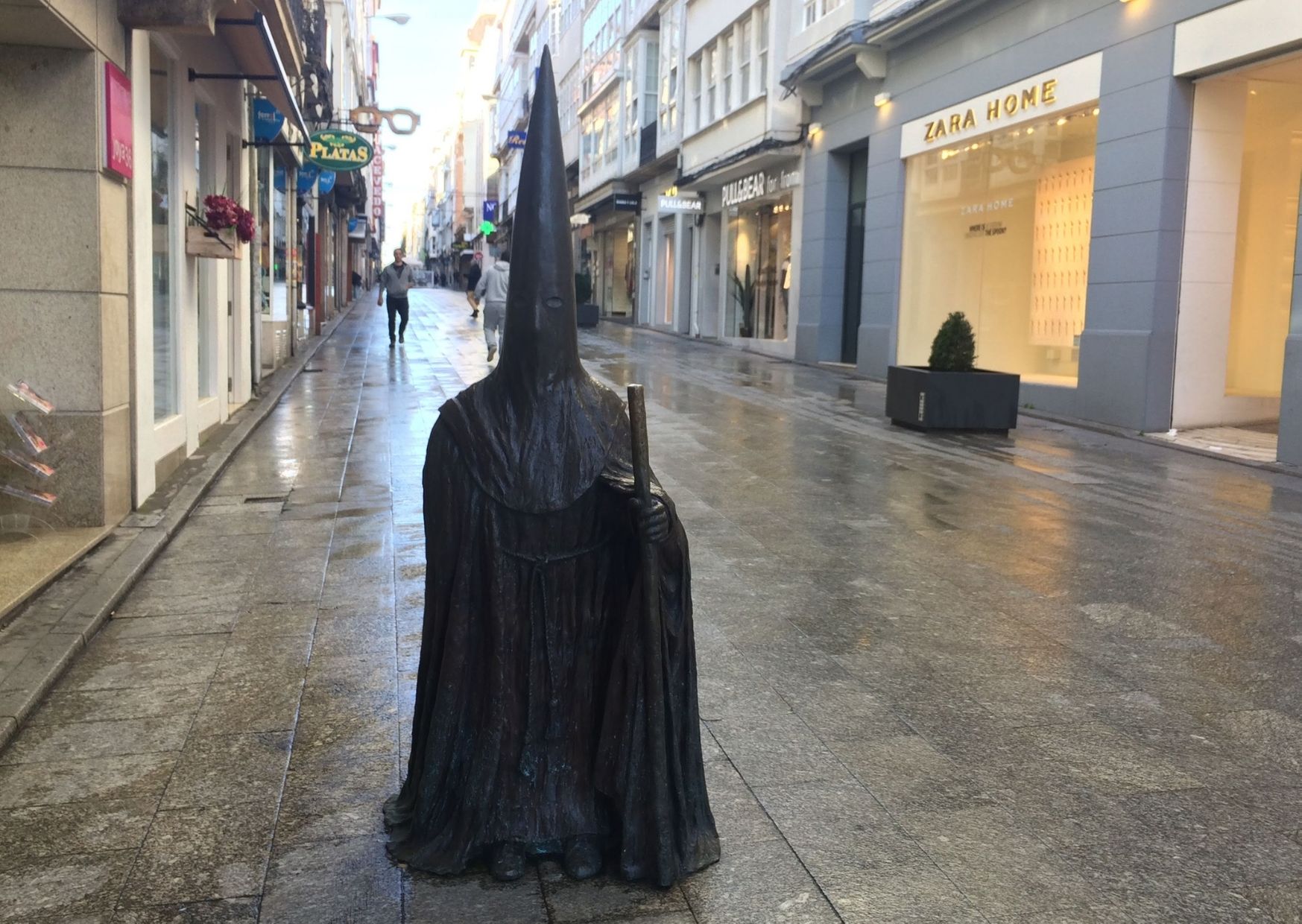
Samaín
This time of the year is the end of the harvest season; the days start getting shorter, the weather gets colder… In short, the end of octubre (October)-beginning of noviembre (November) marks the transition into otoño (autumn) and invierno (winter). It’s time for Samaín and other celebrations.
We don’t celebrate Halloween as such in Spain, although in recent years it’s common to see both kids and adults dressing up on October 31 and Halloween parties being advertised. This is not a traditional celebration, though; but I guess any excuse is good to party! There are, however, some traditional celebrations:
Día de Todos los Santos (All Saints Day) & Día de Difuntos (Day of the Dead)- 1 & 2 de noviembre
These two days are all about remembering those who passed away. Most of the activity takes place on November 1, which is a national festivo (public holiday). On this day, people visit their loved ones in cemeteries and take flowers to them. Christianity has been honouring the dead on these dates from the 9th century, but there are older traditions…
Samaín (from the Irish Samhain)
It’s an old Celtic celebration marking the end of the harvest season and the beginning of winter. It was a time when the limits between this world and the next one got blurred, meaning that spirits could cross over to this world more easily. In Galicia there was a tradition of carving calabazas (pumpkins) and leaving them on the roads in order to scare passers by. People would also leave fires on all night, as well as food, for the spirits. Since 1990 there have been attempts to recover this old tradition.

Pumpkin carving workshop.
Magosto (chestnut party)
Linked to the end of the harvest season, magosto is celebrated mostly in northern Spain, as well as Portugal. The main elements of a magosto are castañas (chestnuts) and fire to roast them. People would gather around a bonfire, roast castañas (other foods too, but chestnuts are essential), sing and dance. It was also the perfect opportunity to taste the new vino (wine). There is not fixed date to hold a magosto. It could be any time between mid-October and mid-November. Usually, the last day to celebrate a magosto is November 11, festivity of St. Martin. Magostos apart, it’s common to see chestnut sellers on the streets once autumn starts. So, when you are out for a walk you can just buy a cone full of warm, freshly-roasted chestnuts. Delicious and a great way to warm your hands on cold days!
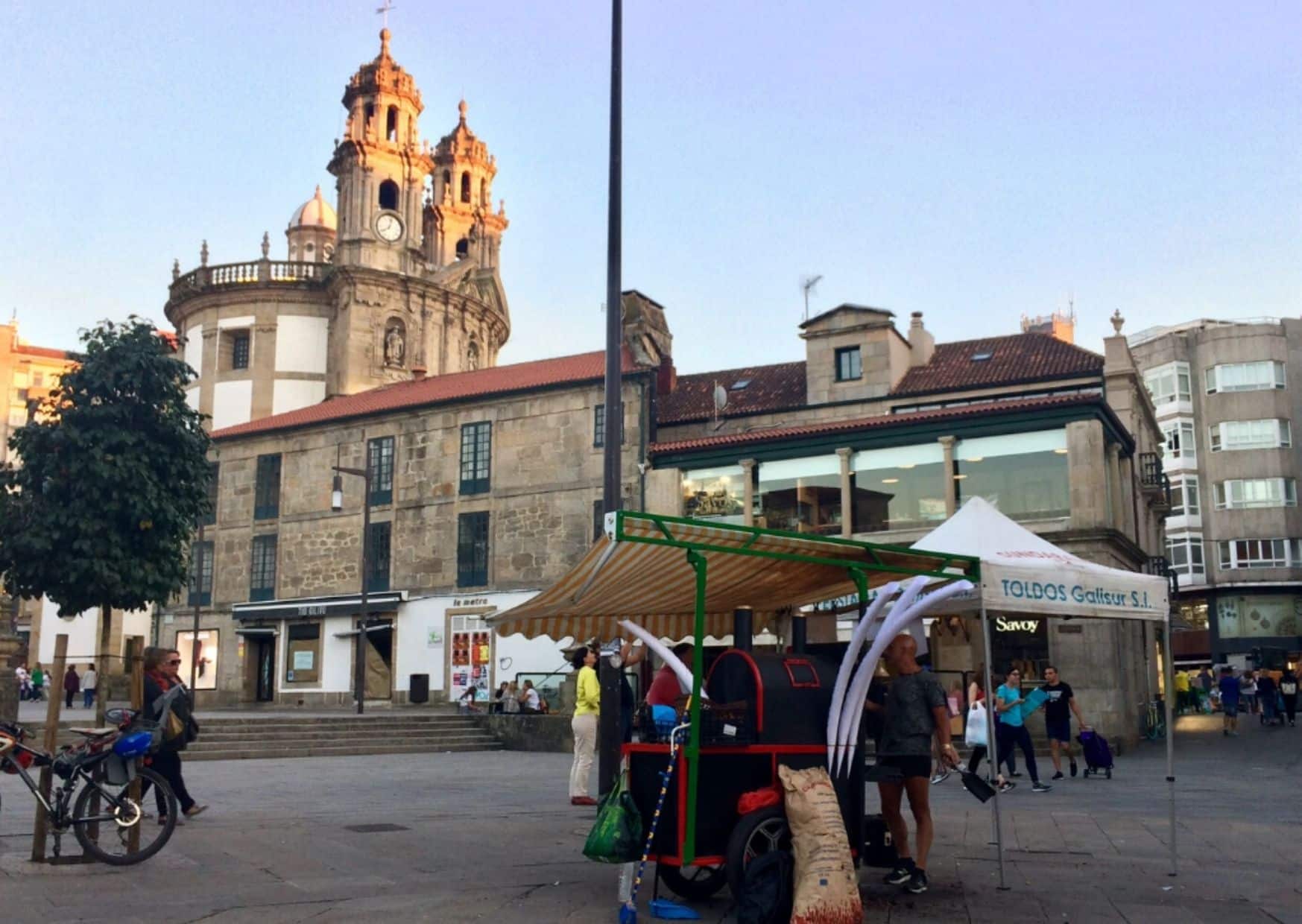
You can buy roasted chestnuts on the street.
Today’s Spanish words
Octubre
Noviembre
Festivo
Otoño
Invierno
Día de Todos los Santos
Día de Difuntos
Magosto
Castaña
Vino
Samaín
Calabaza
Would you like to know about other Spanish celebrations? Check these posts:
El Carnaval, about the Carnival celebrations that usually take place around the end of February or beginning of March.
Feliz Navidad, about the celebration of Christmas in Spain.
Semana Santa, about the Easter celebrations.
Want more?
Make sure you don’t miss any posts or announcements by subscribing for free here. You’ll receive the transcripts + vocabulary guides + interactive exercises of episodes 1-5 of the Spanish for the Camino podcast. And… you’ll get access to exclusive content too.

